
Video: Penile lengthening and widening without grafting according to a modified ‘sliding’ technique
Penile lengthening and widening without grafting according to a modified ‘sliding’ technique
Paulo H. Egydio and Franklin E. Kuehhas*
Centre for Peyronie’s Disease Reconstruction, Sao Paulo, Brazil, and *London Andrology Institute, Suite 7 Exhibition House, Addison Bridge Place, London, UK
OBJECTIVE
To present the feasibility and safety of penile length and girth restoration based on a modified ‘sliding’ technique for patients with severe erectile…
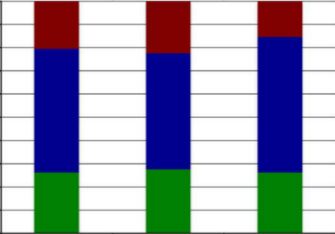
Article of the Week: Comparison of systematic transrectal biopsy to transperineal MRI/(US)-fusion biopsy for the diagnosis of prostate cancer
Every Week the Editor-in-Chief selects an Article of the Week from the current issue of BJUI. The abstract is reproduced below and you can click on the button to read the full article, which is freely available to all readers for at least 30 days from the time of this post.
In addition to the article itself, there is an accompanying editorial written by a prominent member of the urological community. This blog is intended to provoke comment and discussion and we invite you to use the comment…

Editorial: Are men who are biopsied without prior prostate magnetic resonance imaging getting substandard care?
The article by Borkowetz et al. [1], published in this issue, by a multi-disciplinary group from Dresden who have been offering MRI to their patients since 2012, would suggest so. In their hands, an image-guided biopsy resulted in 29 patients with Gleason scores of 7 or 8 being identified, who had been overlooked by an optimised 12-core systematic biopsy taken at the same sitting. Dedicating a minimum of two cores to a ‘target’ conferred an increase in detection of clinically significant…
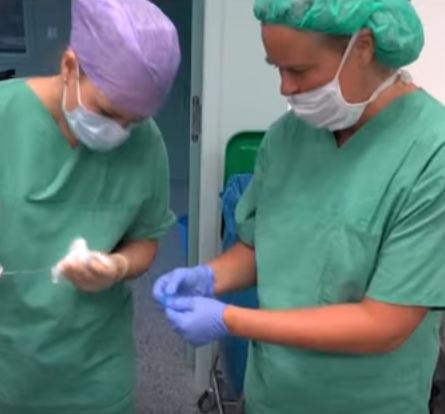
Video: Comparison of systematic transrectal biopsy to transperineal MRI/(US)-fusion biopsy for the diagnosis of prostate cancer
Comparison of systematic transrectal biopsy to transperineal MRI/ultrasound-fusion biopsy for the diagnosis of prostate cancer
Angelika Borkowetz, Ivan Platzek*, Marieta Toma†, Michael Laniado*, Gustavo Baretton†, Michael Froehner, Rainer Koch‡, Manfred Wirth and Stefan Zastrow
Department of Urology, *Department of Radiology and Interventional Radiology, †Department of Pathology, and ‡Institution of Medical Statistics and Epidemiology, Technische Universitat, Dresden, Germany
OBJECTIVES
To…

Article of the Month: Cabazitaxel Improves QoL in mCRPC
Every Month the Editor-in-Chief selects an Article of the Month from the current issue of BJUI. The abstract is reproduced below and you can click on the button to read the full article, which is freely available to all readers for at least 30 days from the time of this post.
In addition to the article itself, there is an accompanying editorial written by a prominent member of the urological community. This blog is intended to provoke comment and discussion and we invite you to use the…

Editorial: Cabazitaxel for the therapy of mCRPC in the aftermath of CHAARTED
In this issue of BJUI, Bahl et al. [1] describe clinical outcomes amongst 112 patients with metastatic castration-resistant prostate cancer (mCRPC) receiving cabazitaxel 25 mg/m2 in the UK Early Access Programme (EAP). Patients also received daily oral corticosteroids in a fashion consistent with the phase III TROPIC study and had experienced disease progression during or after docetaxel [2]. The study suggests that improved quality of life and only modest toxicity are achieved with cabazitaxel.…
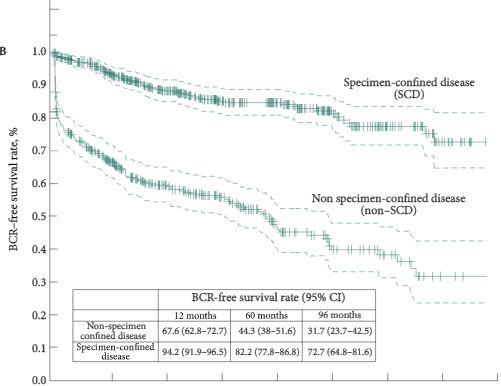
Article of the Week: Predicting pathological outcomes in patients undergoing RARP for high-risk prostate cancer
Every Week the Editor-in-Chief selects an Article of the Week from the current issue of BJUI. The abstract is reproduced below and you can click on the button to read the full article, which is freely available to all readers for at least 30 days from the time of this post.
In addition to the article itself, there is an accompanying editorial written by a prominent member of the urological community. This blog is intended to provoke comment and discussion and we invite you to use the comment…

Editorial: More Nomograms or Better Lymph node dissection – What do we need in Prostate Cancer?
The publication of nomograms to predict radical prostatectomy (RP) outcome using preoperative parameters were important steps in urological oncology. Abdollah et al. [1], in this issue of BJU International, present a new nomogram to predict specimen-confined disease (SCD; pT2–3a, pN0 R0) in men with high-risk prostate cancer undergoing pelvic lymph node dissection (PLND) and robot-assisted RP (RARP). They used statistical logistic regression to measure the impact of various preoperatively…
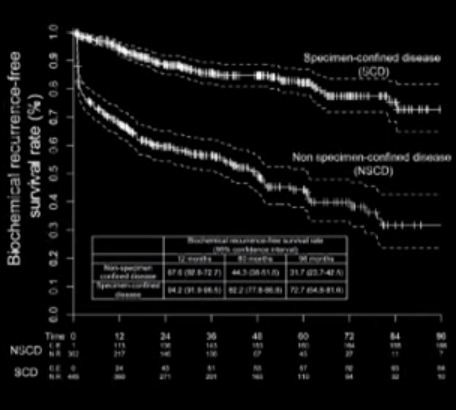
Video: Predicting pathological outcomes in patients undergoing RARP for high-risk prostate cancer: A Preoperative Nomogram
Predicting Pathologic Outcomes in Patients Undergoing Robot-Assisted Radical Prostatectomy for High Risk Prostate Cancer: A Preoperative Nomogram
Firas Abdollah, Dane E. Klett, Akshay Sood, Jesse D. Sammon, Daniel Pucheril, Deepansh Dalela, Mireya Diaz, James O. Peabody, Quoc-Dien Trinh* and Mani Menon
Vattikuti Urology Institute, Center for Outcomes Research Analytics and Evaluation, Henry Ford Health System, Detroit, MI, and *Division of Urologic Surgery/Center for Surgery and…
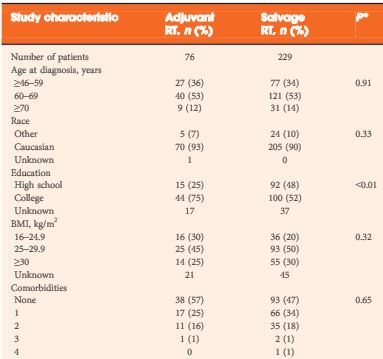
Article of the Week: Does timing matter in postoperative RT for patients at high-risk of recurrence after RP?
Every Week the Editor-in-Chief selects an Article of the Week from the current issue of BJUI. The abstract is reproduced below and you can click on the button to read the full article, which is freely available to all readers for at least 30 days from the time of this post.
In addition to the article itself, there is an accompanying editorial written by a prominent member of the urological community. This blog is intended to provoke comment and discussion and we invite you to use the comment…
